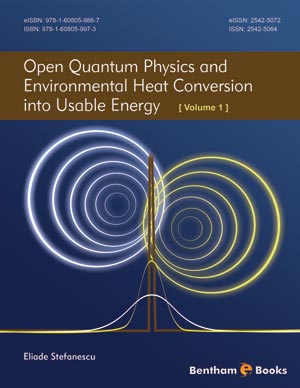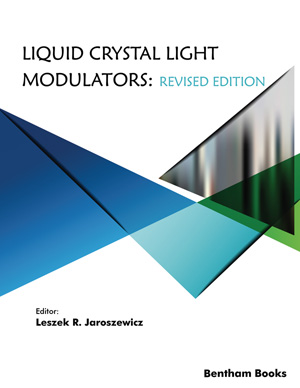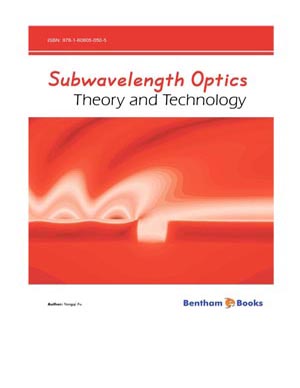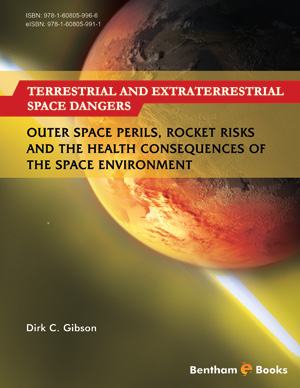Abstract
In this chapter, we derive quantum master equations with explicit, microscopic coefficients, for the systems of interest of a superradiant semiconductor structure: the active electrons, the electromagnetic field, and the optical crystal vibrations. These vibrations determine an important retardation in the field propagation (refractive index), and a spectrum splitting (the Raman effect). For the active electrons we consider three environmental systems: the quasi-free electrons/holes of the conduction regions, the crystal lattice vibrations excited by electron transitions, and the free electromagnetic field. For the electromagnetic field, we consider the absorption by coupling to the conduction electrons/holes, and to the optical vibrations of the crystal, while these vibrations are damped by coupling with the valence electron transitions to thermally released states. For the electron-field coupling we consider the potential derived in chapter 2 from the Lorentz force, while the momentum difference is supposed to be taken by the crystal lattce. For the coupling of the crystal vibrations to the electromagnetic field and electron transitions we consider potentials obtained from the momentum conservation. For the active electrons, we find a quantum master equation with a Markovian term describing correlated transitions with the environmental particles, and a non-Markovian term given by the self-consistent field of the environmental particles. Since the dissipative environment of the electromagnetic field is contained inside the quantization volume of this field, which is taken as a unit volume, its quantum master equation includes a dissipative term of a space integral form. For the field mean values, the dissipation integral, of propagation through the dissipative environment, can be divided in two parts: an integral from the initial coordinate up to the boundary of the quantum uncertainty region, taken for a coherent wave, which describes dephasing, and an integral over the uncertainty region, which describes absorption. Similar equations are obtained for the optical vibration field. When the vibrational field is eliminated from these equations, we obtain a frequency splitting, corresponding to the Raman effect, and an absorption rate, including the absorption of the electromagnetic waves by conduction electrons/holes, and the absorption of the vibrational waves by the valence electrons, excited by the crystal deformations in the thermally released states.
Keywords: Total dynamics, reduced dynamics, Gibbs statistics, Fermi-Dirac statistics, Bose-Einstein statistics, Markovian dynamics, non-Markovian dynamics, dipole moment, interaction picture, transition operator, two-body potential, self-consistent field, decay, dephasing, creation-annihilation operators, Fermion operators, anticommutation relations, commutation relations, optical phonon, field-dressed electron.








